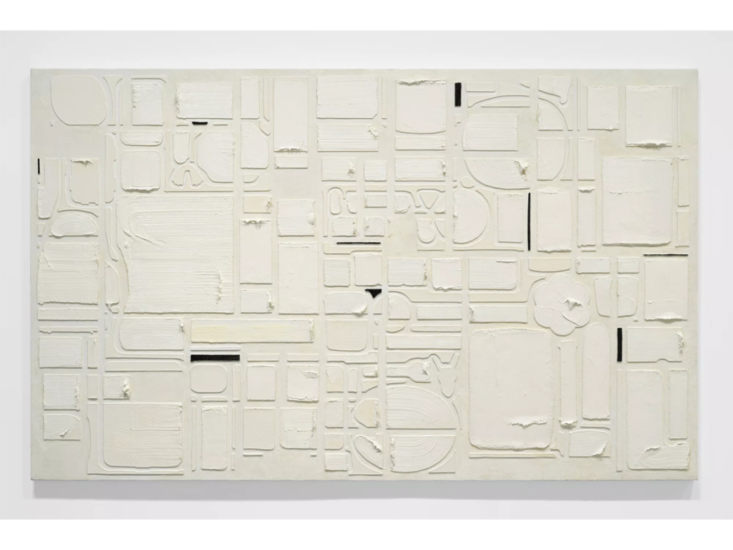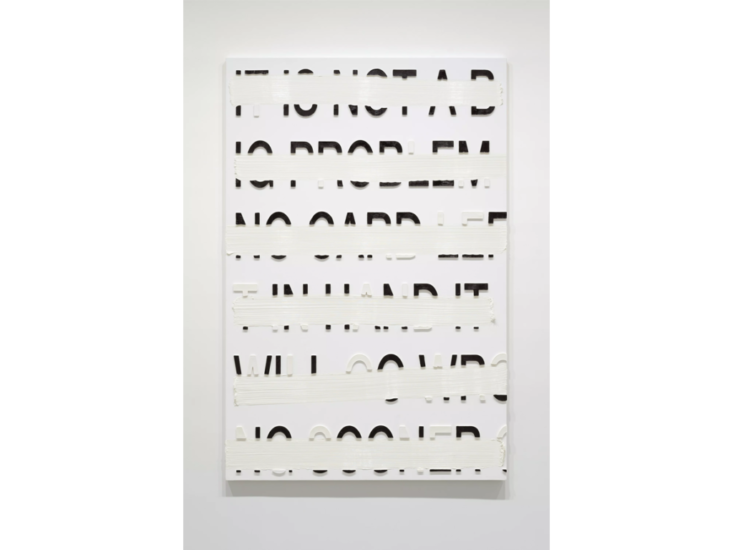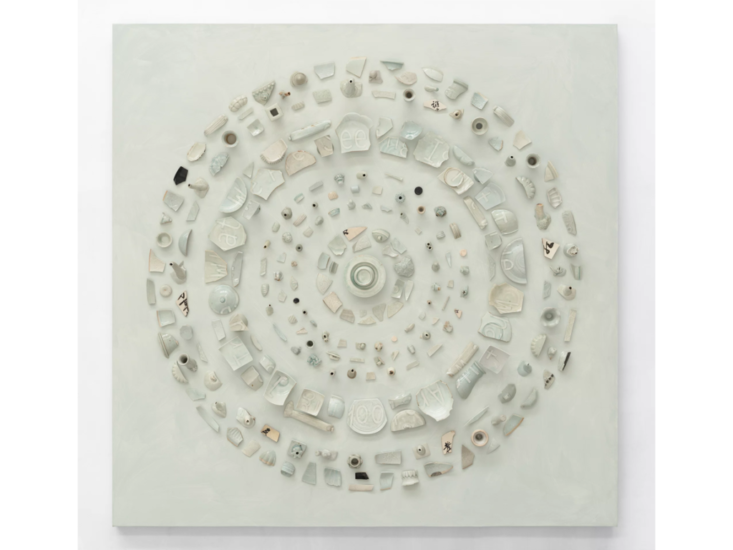EXHIBITION | HONG KONG
Hong Hao
<Dates> Friday , Sep 30 – Thursday , Nov 10, 2022
<Location> PACE
<Open> 12:00-18:00 Sunday, Monday CLOSE
As one of the most active conceptual artists in China since the late 1990s, Hong is known for his dexterous and witty handling of ready-made materials, invigorating the Chinese contemporary art scene with his practice. Hong’s artistic approach and intervention to society and the public sphere always starts with the individual, gradually developing a self-sufficient conceptual system with a certain oriental aesthetic sense of harmony. Over the past decade, the artist has increasingly focused on the expressive potential of the material itself, continuing his observation and reflection on the social construction of value.
In one of his new works, titled Everchanging Appearance No. 32 (2022), the artist uses plastic gel, exposed to different temperatures, to produce a fragmented texture like the “ice cracks” of ancient porcelain. Controlling the ambient temperature in the manner of ancient artisans, Hong explores the interesting contrast between the random and meticulous aspects of this process, reflecting the contrived construction of aesthetic taste. In this sense, the civil aesthetic has become a sort of ready-made as the materials, used by the artist skillfully and accurately in his works.
Hong’s The Realm of Matters series, which he began in 2020, centers on the development history of porcelain. In The Realm of Matters No. 12 (2021), the artist arranges ancient porcelain fragments—purchased on a trading platform for cultural relics—into a specific pattern that recalls cosmic images such as the asteroid belt. Within this colorful, geometric composition, porcelain fragments fall gently onto the canvas, revealing their original states to viewers.
The light blue color and smooth texture of Song Dynasty porcelain evoke specific historical memories and narratives. The pinnacle of the beauty of ancient Chinese craftsmanship, porcelain wares were once reserved for exclusive use by royalty. Pieces that were not selected for the royal family were broken and buried to prevent others from taking them into their possession. A millennium later, these discarded fragments attracted the attention of researchers, and they started to circulate as commodities, traded and collected by members of the public. Porcelain fragments have been assigned
PACE
https://www.pacegallery.com/
12/F, H Queen’s 80 Queen’s Road Central Hong Kong
tel:+852 2608 5065




